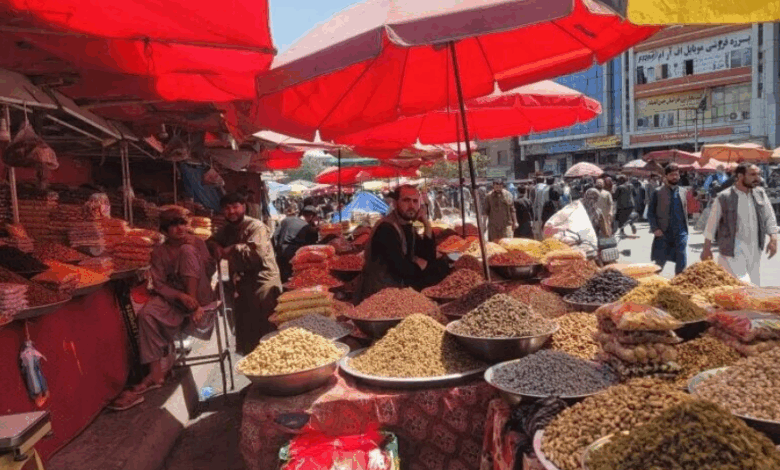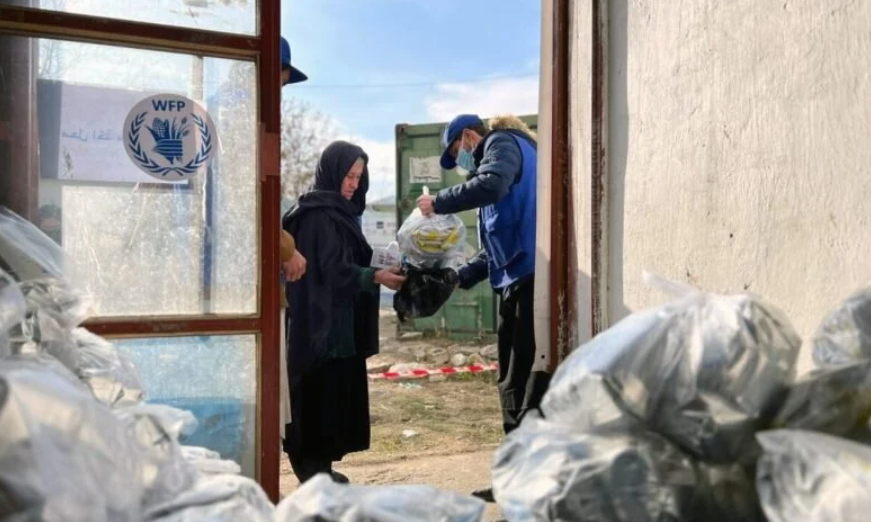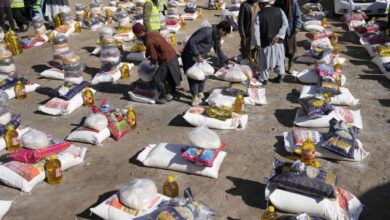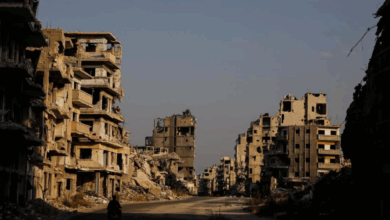Afghanistan’s Economy: A Contradiction of Claims and Reality

As the Taliban marks four years since their return to power in Afghanistan, international reports present a conflicting picture of the country’s economic and humanitarian situation.
The Taliban claims to have improved financial indicators and stabilized the national currency, but global institutions continue to warn of widespread poverty, a liquidity crisis, and severe hunger, Shia Waves Persian reported.
According to data from the World Bank and the United Nations, the cessation of foreign aid after the fall of the previous government in 2021 led to an economic downturn, as well as a rise in unemployment, inflation, and a lack of liquidity. The freezing of approximately $9.5 billion of the Afghan central bank’s reserves abroad has limited the Taliban’s ability to inject cash into the market, leading to severe banking restrictions on weekly withdrawals.

Reports indicate that about 60% of the population is unable to afford daily food, and prices for basic goods like food and fuel are constantly rising. The World Bank estimates that Afghanistan’s economic growth in 2024 was around 2.5%, largely driven by the agricultural sector. However, experts stress that the lack of foreign investment, sanctions, and banking limitations remain major obstacles to sustainable growth.
The economic crisis has directly impacted the humanitarian situation. The World Food Programme (WFP) has stated that millions of women and children are on the verge of a humanitarian catastrophe due to malnutrition. The WFP reports that 4.6 million mothers and children are in urgent need of treatment, and two-thirds of female-headed households cannot afford daily food. Aid experts argue that, in addition to reduced global assistance, the Taliban’s restrictive policies against women and girls—limiting their access to education, work, and movement—have made it even more difficult for them to receive vital aid. The UN has placed Afghanistan among the top 15 countries with the highest rates of child malnutrition.






